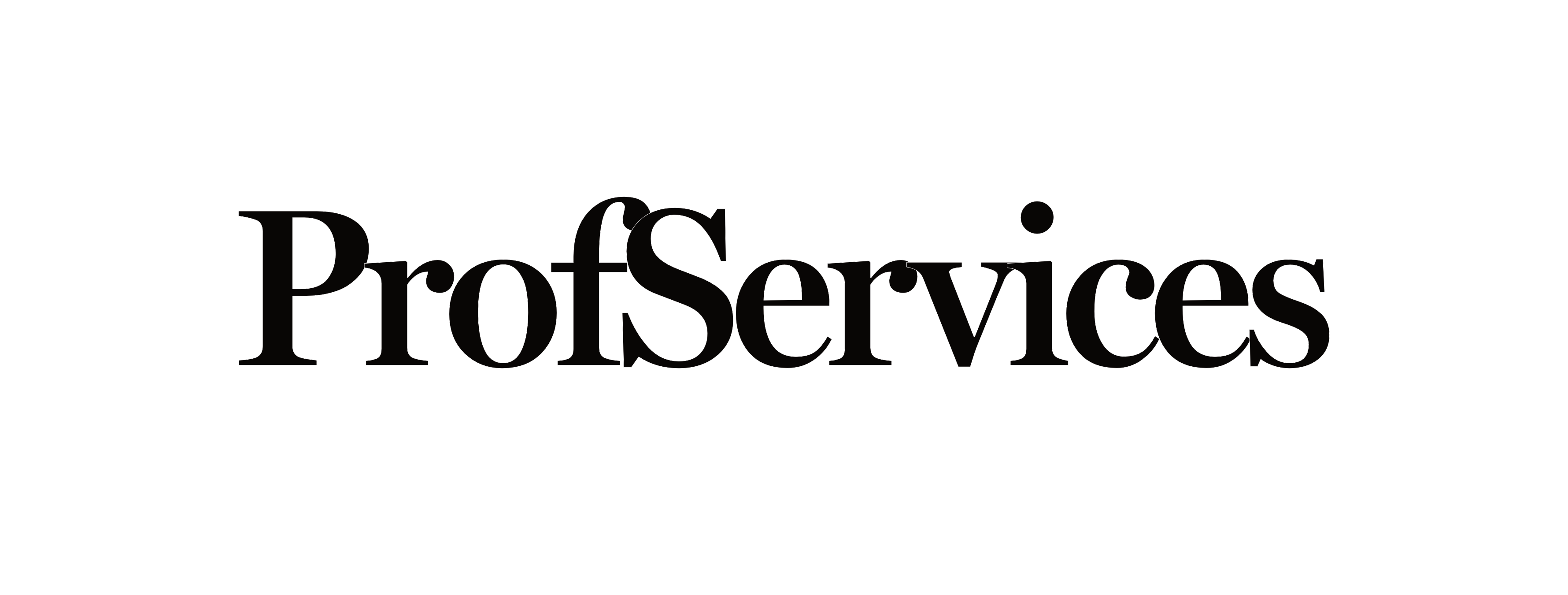Competition for best talent is just as fierce as the competition for business.
The situation is particularly acute in professional services, where people are – excuse the cliché – a firm’s “number one asset”. And where firms scramble to attract lateral hires with the promise of new work and an extended client base.
Cue ’employer branding’. We’re seeing HR departments responding to the challenges of attracting best talent and the need to ‘stand out’ by articulating the employee experience as a point of differentiation.
Firms are realising the importance of ‘softer’ criteria for potential employees in choosing one firm over another. So beyond the salary and benefits package, what is it that makes firms more attractive as a potential employer over the rest?
Reputation as a deal-breaker
A survey by Corporate Responsibility Magazine showed 69% of employees would not take a job with an organisation that had a bad reputation – even if they were unemployed.
Because who you work for is a big deal. It holds real significance in terms of status. It’s a defining feature of who you are, reflecting on you as a professional and as an individual.
It is also, importantly, a very public matter.
Social profiles tell the world where you work. It’s one of the first questions you’re asked when you meet someone in any kind of scenario – personal and professional.
Employees want to feel proud, enthused, invested.
But there is a crucial area of weakness, where professional service firms should be doing more to make their case to the market place.
A costly way to recruit
According to a report by Harvard Business Review last year, poor corporate reputation costs employers at least 10% more per hire.
Ask any recruitment agency – there are some firms they get excited about placing for because they know candidates will want to work there. A positive reputation in the market will attract talent.
Other organisations however are more of a hard sell, because candidates “haven’t heard great things.”
Candidates are generally looking for stability, career development prospects and a team of people they will enjoy working with. If their perception of a firm goes against this – high staff turnover, poor job security, low morale or leadership issues – whether justified or not, they are much less likely to pursue an opportunity with that organisation.
And firms are largely unaware of these negative sentiments.
For firms to be able to attract the calibre of talent needed to sustain competitive advantage and avoid protracted recruitment processes and inflated costs – there’s a barrier that has to be overcome.
What employers should be doing is heading off the risk of recruitment issues by proactively managing corporate reputation.
An inclusive approach to stakeholder engagement
Corporate reputation is the perception – good and bad – of an organisation among its stakeholders.
I talk about effective reputation management requiring a multi-stakeholder approach by firms. This means professional service firms need to look beyond their primary client base if they are to manage organisational risks presented by reputational issues.
Employees and potential employees form part of this extended cohort, requiring attention and influence aligned to their particular needs and expectations as part of an effective reputation management programme.
Why take the time and investment in engaging these cohorts? What are the business benefits?
We’ve already seen that poor reputation among potential employees impacts both the cost and quality of recruitment.
But looking to existing employees, the case becomes even more compelling. First, due to the need to retain talent – poor perceptions and low levels of employee engagement lead to poorly motivated employees, who will inevitably deliver poor client service. Staff turnover will be high. Absence rates increase. Productivity is impacted.
Second, engaging with your internal workforce is fundamental to nurturing advocacy, promoting constructive, internal dialogue, and discouraging a culture of sharing organisational criticism externally.
Social media has essentially promoted your employees to the status of unofficial spokespeople and representatives of your firm.
What they say, what they do, it reflects on you as a firm. Formal employer endorsement isn’t needed anymore – your association is enough.
Glassdoor, rollonfriday among many others – these websites are aimed at employees past and present to air and vent their insiders’ insight into organisations for the delectation of potential employees.
While review sites are often criticised for attracting extremes at both ends of the experience – extremely positive or negative – that doesn’t really matter. What matters is there are well known platforms for employees to publish negative comments about your organisation.
The risk alone should be enough to move firms to take action.
While you cannot control what is written about you – you can take steps to influence your stakeholders and encourage positive behaviours and communication – as well as managing the impact of any negative posts that do arise.
A positive influence
Hand in hand with an authentic approach to employee engagement and advocacy development, firms should be proactively focused on improving the quality and reach of their online visibility.
Strategically, this means leveraging a positive reputation as part of your firm’s talent acquisition strategies.
Tactically, this means building and monitoring your online presence and engaging with your stakeholder groups. Drown out the negatives. Positivity should abound so that any negative is shown for what it most likely is – an exception, and one that you are geared up to deal with quickly and effectively.
Gathering feedback from your stakeholders will provide insight into the gaps between perceptions among your various stakeholders – what management think may very well not align to what your junior employees.
Through a reputation audit, you will be able to identify gaps in perception, enabling you to look at how you can close them. The result – more consistent messages in the market place that align to stakeholder needs and expectations and fuel positive perceptions of the organisation.
This relationship shows that reputation management is more than the PR manager’s concern. Done properly, it demands a collaborative approach across the organisation, using systems that identify and address reputational risk, supported by programmes of stakeholder engagement and communications.
Failure to engage your workforce or to overlook the significance of market perception among potential employees will impact your ability to be competitive.
But get it right and you can nurture a community of advocates who will share your good news – which will naturally attract good people.
About me
I have over 15 years’ experience managing corporate reputation and improving visibility for professional service firms. If you would like to discuss ways to improve your firm’s online visibility, or are interested in the benefits of strong reputation management, please get in touch: gill@profservices.co.uk.
Corporate reputation is a huge area which I’m extremely passionate about. If you’d like to hear more, follow me on Twitter.
Author
- Gillhttps://www.profservices.co.uk/author/gill/
- Gillhttps://www.profservices.co.uk/author/gill/
- Gillhttps://www.profservices.co.uk/author/gill/
- Gillhttps://www.profservices.co.uk/author/gill/


